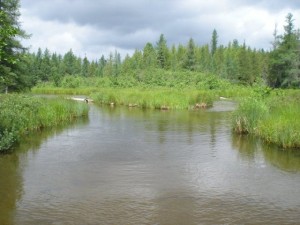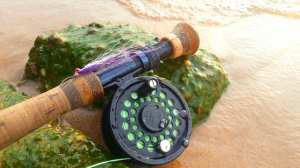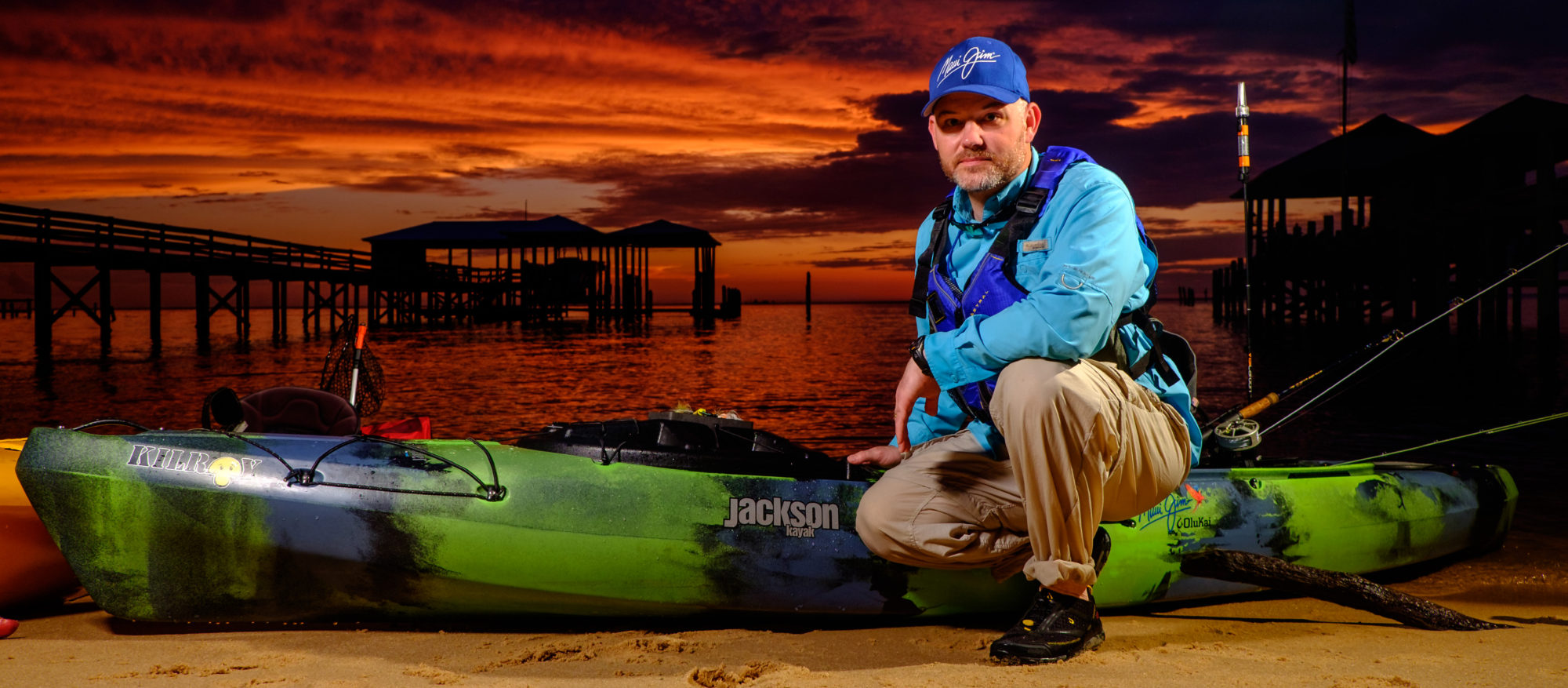 Thank you to the publisher of Great Days Outdoors Magazine for granting permission to post this article to my blog that I originally wrote for the June 2013 edition of the publication.
Thank you to the publisher of Great Days Outdoors Magazine for granting permission to post this article to my blog that I originally wrote for the June 2013 edition of the publication.
It was a warm June night a few years ago along the shore of a productive Midwest trout stream. I was resting in between a spinner fall of spent wings and the hatch of duns during the fabled Hexagenia Limbata mayfly emergence. These mayflies are famous for blanketing the river surface. Large trout like to feed upon them.
I caught a few trout on dry flies over the span of two nights on the river. However, another memory remains vivid from the first evening. There was a couple sitting alongside me on the bank enjoying the quiet night, interrupted only by brightly twinkling stars and the fluttering sound of large mayflies. They had fished one bend upstream of me. I asked the gentleman what they had caught that night. An hour before, I had heard some excitement from upstream where the couple was fishing. He told me a story about catching a 23” rainbow trout that fed in the exact location where he had seen it the week before.
His answer intrigued me, so I prodded a bit more to understand how he had discovered the specific location of the large trout. This was a rather wide and winding river with a lot of woody debris on the river bottom. Not a river that easily gives up life that’s underneath what only eyes can see from above.
View the Body of Water as a Fish Does
The gentleman told me of his enjoyment of snorkeling and decided to put it to use to benefit his second love in life, fly fishing. Typically, the June water temperatures of the northern climate I was fishing are much colder than our body temperature. So the week before that glorious night of catching a large trout, he decided to put on a wet suit and snorkeling equipment to have a look under the river’s surface. What he found was nothing like he had imagined. He saw fish holding in current, aquatic life moving about, and the structure and cuts that dotted the river bottom.
There’s nothing more thrilling than watching a fish pluck a fly from the water’s surface. But if I were to add up all the fish ever caught on my fly rod, I would have to guess that 95 percent of those fish were caught with a subsurface fly.
Whether we are fishing in a stream full of aquatic insects, crayfish, small baitfish, or an estuary populated by shrimp and crab, the vast majority of marine life remains suspended underwater. Even when fishing a stream that has bugs visible on the surface, just imagine how many more insects, minnows, crayfish, and other life reside within the volume of the water in depths below.

Finding the Aquatic Food of Your Local Watershed
We as humans find refuge in our homes. So does marine life. Next time you’re in a river and see a piece of wood or rock that appears to have been in the water for a significant amount of time, pick it up. Turn it over to look underneath. Let the sun warm the rock or wood for a minute. The once sterile looking piece of structure will come to life with wiggling insects. When putting it back to rest in the water, be sure and place it in the same position that it laid in prior to lifting it from the river bottom.
I’ll always take advantage of fish feeding on top, but my first go to fly is subsurface. So next time you go fishing, grab your snorkeling gear, fly rod and reel, and fly patterns that swim and crawl. Uncover the mystery that resides beneath and you’ll catch more fish.
Copyright 2013, 2014 by icastinayak.com and Great Days Outdoors. All rights reserved

What a great experience, and unique way to prepare for a successful outing. Enjoyed your experience.
Appreciate the comment Dad. Was a memorable couple of evenings/nights. Blanket hatch of hex, mosquitos were like I’ve never experienced before or since, and the sound of rising trout in the dark. I’ve had some good nights since, but few are as vivid in my memory.